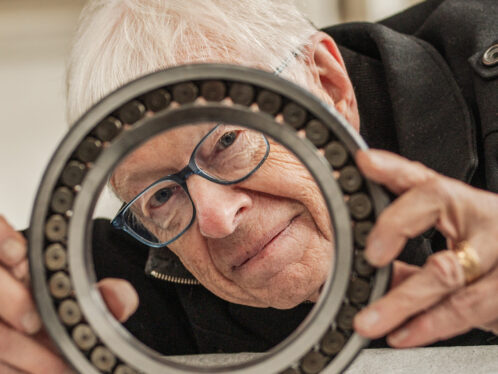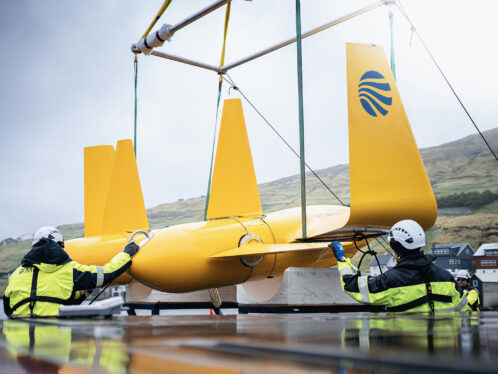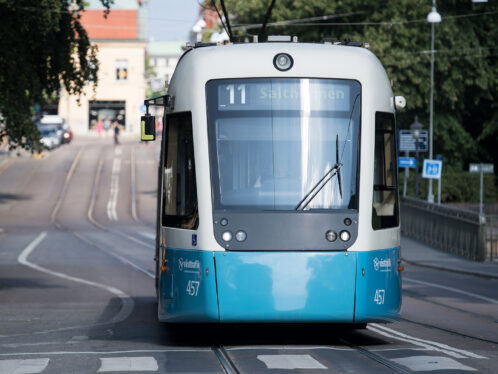
Upward trend in aerospace
In 2005, a strong increase in air traffic, coupled with a decline in the number of parked aircrafts, signalled that the downward trend in aerospace since 2001 is over.
Overcoming the very negative impact of increased jet fuel prices and cost-structure problems for some airlines, aircraft deliveries increased and several new programmes were launched with a wide range of innovations: weight savings, fuel-consumption reductions, increased passenger comfort and increased security.
For Airbus and Boeing, the two leaders in the aircraft market, the order intake reached record levels and the biggest commercial aircraft ever created, the Airbus A380, took off for the first time. SKF contributed to the development of the A380 in terms of weight savings and performance improvement.
In addition, SKF designed and prototyped a new fly-by-wire autothrottle for light and very light jets, finalized new bearings for the Boeing 787 engine, and produced innovative solutions for the global helicopter industry, including new lead lag dampers for main rotor applications. New businesses were successfully developed in Brazil, China and India. In the service field, new businesses, including bearing refurbishment and global service contracts with customers, were also developed.




